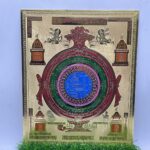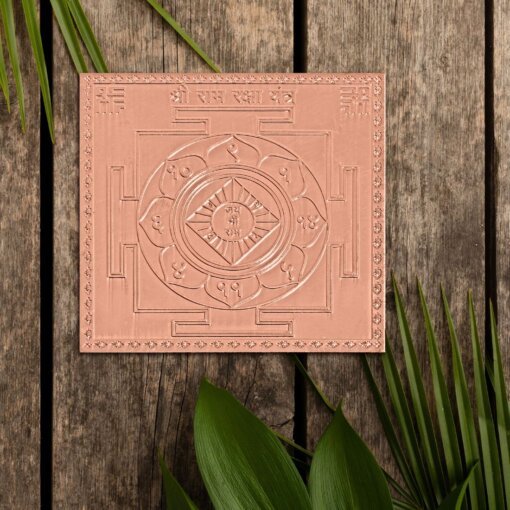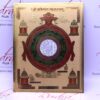Choose Currency
Siddhachakra yantra ( 7″ by 9″)
- Siddhachakra Poojan is the oldest and king of all the Poojas.
- The Siddhachakra Yantra is the most auspicious and versatile mystical diagram in the Jain religion
- Size – 7 by 9 inch
- Made of Pure brass with heavy gauge thickness with Gold plating and color filled
Original price was: ₹2,500.₹2,139Current price is: ₹2,139.

Get 3% Discount on Prepaid Orders
1 in stock
About Siddhachakra Yantra
- Siddha refers to a liberated soul, while chakra means a wheel. It is believed that worshiping Siddhachakra Yantra results in freedom from the cycles of life within a universal ‘wheel’ known as nirvana.
- Siddhachakra yantra is a popular Jain yantra or mandala (mystical diagram) used for worship in Jainism. It is also known as Navapada in the Svatambara tradition and Navadevta in the Digambar tradition. In the Svetambara tradition, it is associated with the Namokar Mantra.
- It is related to the legend of King Shripala and his wife Mayanasundari. It is depicted as a Kalasha with the core of a blossomed lotus representing Navapada in the center surrounded by guarding deities on petals. It is used in some rituals.
Benefits of SiddhaChakra Yantra
- The rationale behind performing this pooja (worship) is usually to gain either intense happiness or good physical health alongside the karmic benefits of performing any Jain pooja. Both of these efficiencies are chartered by the King Shripal and Queen Mayanasundri story.
- The Yantra depicts the whole Jain Dharma, the principal nine elements (Nav Pad), and the protective deities. The main section is in the form of an auspicious pitcher (Kalash).
- It has two main components. the first is the core, Nav Pad, which consists of circles 1 and 3, and represents the standard (stand-alone) Siddhachakra, which is commonly used in poojas.
- The second main component is the protective rings of deities. The focus on these protectors makes the worldly benefits of the Siddhachakra more understandable and attractive. Arihant Prabhu ni agnya Virudh Kai kehavayu hoi to man, vachan, Kaya thi Micchami Dukkaddam.
| Weight | .500 kg |
|---|
Q & A
Ask a question
 Siddhachakra yantra ( 7" by 9")
Siddhachakra yantra ( 7" by 9")
Your question
* Question is required
Name
* Name is required
Email
* Email is required
There are no questions yet




































